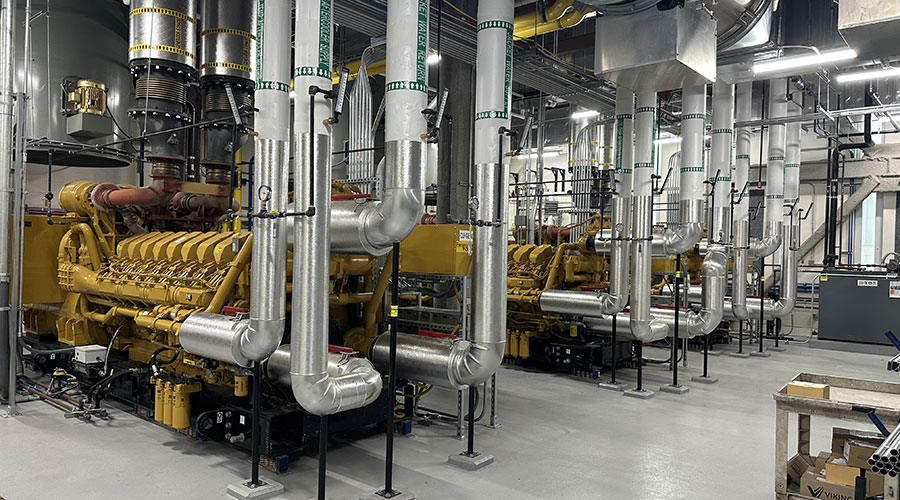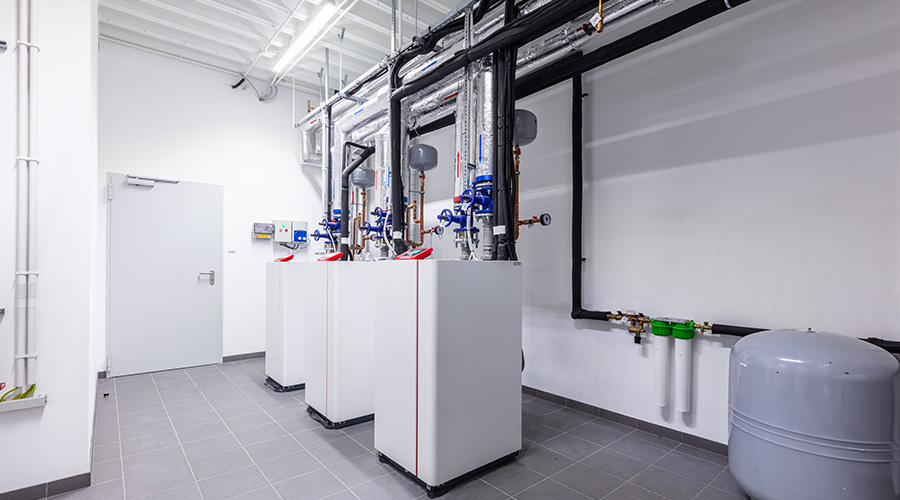How To Calculate Temporary Cooling Loads
Maintenance and engineering managers in institutional and commercial facilities have come to recognize the importance of temporary-cooling technology in keeping operations going in the event of an outage of cooling services to key areas of buildings.
To support this growing demand for temporary cooling, manufacturers now offer an expanding portfolio of systems. Equipment options now include small, portable, room units and trailer-mounted systems capable of cooling entire buildings.
For managers to realize the full benefits of a temporary cooling system, they must carefully evaluate their buildings' requirements and select the system that most closely meets the needs of their facilities. Planning is the key, but it is difficult, at best, to plan once the cooling service has failed.
Developing a Plan
The first step in the process is to identify the most critical areas within a facility that would be most adversely affected by the loss of cooling. Not all areas are equally important. Cooling might be necessary to keep computers and other critical electronic equipment operating, or it might provide comfort only. Managers need to determine the impact a loss of cooling services would have on operations.
Next, determine the extent of any potential disruption. Would it be localized in isolated areas within a building, or would it be building-wide? Managers can address localized, temporary cooling requirements through the use of spot, portable systems. More widespread outages might require a building-wide solution.
Another option — one that would not require additional equipment — is to determine if it is possible to temporarily relocate the operations affected by the outage to another location within the facility.
Managers need to evaluate a number of factors before selecting a temporary or portable cooling system. One of the most important steps in this phase is to determine the capacity of the required cooling system. Specify a system that is too small, and the area might not cool properly. Specify one that is too large, and the result will be inefficient operation, frequent cycling of the unit, excessive noise, and improper humidity control.
Managers can develop quick estimates of cooling loads by looking at the power requirements of all equipment operating in the space. They also can ensure more accurate load calculations by having engineers perform the calculations.
Portable cooling systems have very specific voltage, current, and phase requirements, so the specification also must take into account power availability. The first step here is to determine the availability of power in the area that might require temporary cooling. If power is not available in the area, managers should schedule the installation of a dedicated circuit ahead of time.
As for physical size, temporary cooling units range from small refrigerators to tractor-trailer-mounted units, so managers need to consider the location of the unit once installed. Technicians can wheel small portable units into the space, but they must carefully determine the location of larger units.
Next, managers need to consider the movement of air and water to and from the units. Smaller units can reject the heat from the space through a window opening into adjacent unconditioned spaces, or even into the plenum space above drop ceilings. But larger units require a means of getting the chilled water or conditioned air from the unit into the space.
Finally, managers should not overlook weight and noise factors. All units located outside of a facility have support requirements to handle the weight of the unit. These units also generate at least some noise, so managers must select their location carefully to prevent disruption of operations.
Related Topics:













